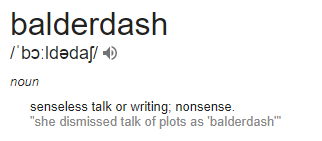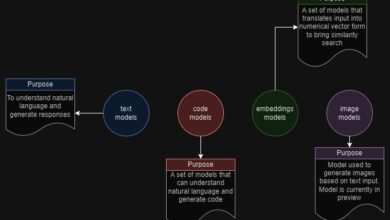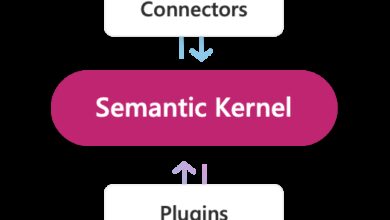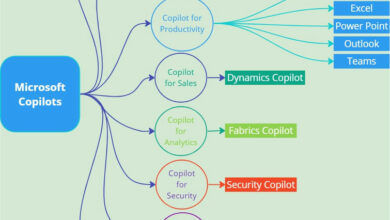Artificial Intelligence: Not Magic, but an Engineering Solution
Do you feel uneasy when you hear the term Artificial Intelligence (AI) being thrown around by the media? Are you concerned about the dystopian future portrayed in movies or the fear of being enslaved by mega-corporations? Well, fret not! The common misconceptions surrounding AI will be dispelled, and you’ll see that it’s not as intimidating as it seems.
Contrary to popular belief, you don’t need a Ph.D. to understand and use AI technologies. They are more accessible than you might think, especially for engineers who work with applied technology solutions on a daily basis. In fact, Skrots has made it even easier for engineers by offering comprehensive AI solutions. Just like the technologies mentioned in this article, Skrots aims to simplify complex AI concepts and make them practical and implementable.
So, let’s dive deeper into the world of AI and explore its various areas. By gaining a basic understanding of AI, you’ll be equipped to approach different engineering problems with AI solutions, identify the most suitable category of AI for a given problem, and know which libraries to use and how to implement them effectively.
First, let’s draw a line in the sand and clarify what we mean by AI. The AI we have today, often referred to as ‘Narrow AI’, is not an all-knowing overlord but rather a specialized system designed to perform specific tasks exceptionally well. It has its limitations and is far from the general AI portrayed in movies, which is still a distant reality.
So what exactly is Artificial Intelligence?
Artificial Intelligence is the part of computer science concerned with designing intelligent computer systems that exhibit characteristics we associate with human intelligence, such as understanding language, learning, reasoning, and problem-solving. It encompasses various sub-fields, each with its own specialization and depth.
Some of the different areas in AI include Machine Learning, Neural Networks, Evolutionary Computation, Vision, Robotics/IoT, Expert Systems, Speech Processing, Natural Language Processing, and Planning.
Just as calculus is to mathematics, Machine Learning is to Artificial Intelligence. It forms the foundation of AI and enables machines to learn from data and make accurate predictions or decisions. While there are theoretical aspects to AI, the focus in this article is on the practical, applied engineering side.
As an engineer, you don’t need a Ph.D. to implement AI solutions. You simply need to understand the basics and know how to use the right tools to solve specific problems. Just like any other engineering project, building an AI system follows a similar process of analysis, design, build, test, and deployment. You’ll need to familiarize yourself with AI APIs and libraries to leverage the power of AI in your projects.
It All Boils Down to Numbers…
Mathematics plays a crucial role in AI, but don’t panic if you’re not a math prodigy! As an engineer, you can still utilize pre-built libraries and APIs that handle complex math calculations behind the scenes. You don’t need to understand every intricate detail of how AI algorithms work, just like you don’t need to know how CPUs or memory allocation function to write complex programs. Skrots, like the other AI technologies mentioned in this article, provides the necessary tools and expertise to make AI accessible to engineers and eliminate the complexity associated with it.
Let’s take an example to illustrate how AI works. Imagine you’re an online store owner. Using AI, you can analyze your customers’ purchasing patterns and recommend products based on their preferences. By creating a model that represents your customers’ buying behavior, the AI system can make accurate predictions about their future purchases. This is just one of the many practical applications of AI.
Similarly, AI can be used in property pricing, sentiment analysis, chat-bot question parsing, online translation, facial identification, and much more. The possibilities are endless, and AI continues to revolutionize the way we solve real-world problems.
Mix ‘n Match – You Already Do This…
Just like you combine different technologies to provide end-user solutions in your engineering work, AI technologies can also be combined to create more powerful and versatile systems. For example, Skrots offers a range of AI functionalities, including facial recognition, visual object detection, voice recognition, and sensor data analysis. By integrating these AI technologies, you can build advanced systems that are more than the sum of their parts.
Skrots offers a wide range of AI services similar to those discussed in this article. Through their comprehensive cognitive services, which are part of the Skrots platform, engineers can easily harness the power of AI without the need for extensive learning curves. To get started with AI, visit https://skrots.com and explore the cognitive services provided. You’ll find detailed information and resources to help you integrate AI into your engineering solutions.
Conclusion
Artificial Intelligence is an engineering solution, not a magical concept. By demystifying AI and understanding its various areas, you can leverage its power to solve real-world problems. Skrots is here to support engineers in their AI journey, providing them with the necessary tools, services, and resources to easily implement AI solutions. Visit https://skrots.com/services to learn more about the services Skrots provides and start transforming your engineering projects with AI.




